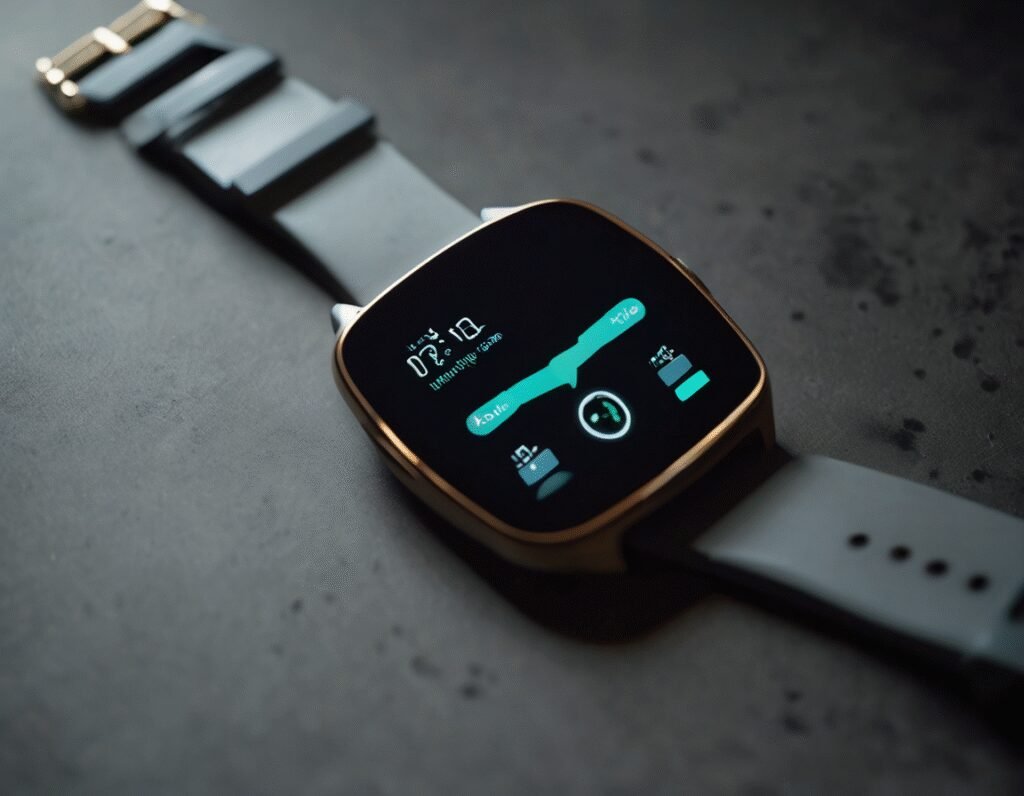Apple Watch Series 11 vs Series 10: Key Upgrades and Who Should Upgrade
While iPhones dominated Apple’s recent event, the Apple Watch Series 11 received some significant quality-of-life upgrades. For owners of the recent Series 10 model, the decision to upgrade is a nuanced one. Here is a breakdown of the key differences between the two watches.
At first glance, the Series 11 and Series 10 are nearly identical. They share the same slim aluminum or titanium cases, the same 42mm and 46mm size options, and the same bright always-on Retina LTPO OLED display. The most noticeable physical change is under the surface: the aluminum Series 11 models now feature Ion-X glass with a ceramic coating, which Apple states is twice as scratch-resistant as the glass on the Series 10.
Performance is identical, as both models use the same S10 chip, ensuring a fluid and responsive experience. The major hardware upgrade is in connectivity. Cellular models of the Series 11 now support 5G, a step up from the LTE-only connectivity on the Series 10. This is a meaningful upgrade for users who frequently leave their iPhone behind, as it allows for faster data speeds and more reliable connections when streaming music or making calls on the go.
Health and fitness tracking remains robust across both generations. They both support ECG, blood oxygen monitoring, temperature sensing, sleep apnea alerts, and sleep scoring. The new health feature, hypertension notifications, is debuting on the Series 11. However, Apple has confirmed this feature will also be rolled out to the Series 10 and older models via the watchOS 26 software update, so current users will not miss out.
The most practical and compelling upgrade is in battery life. After years of an 18-hour rating, the Apple Watch Series 11 now offers up to 24 hours of battery life on a single charge. This extra six hours means the watch can more comfortably last a full day and night, including sleep tracking, without needing a top-up. Both models support fast charging.
Both watches will run the same watchOS 26 software, which introduces a redesigned Smart Stack and new workout modes. No major software features are exclusive to the new hardware, apart from those that rely on the 5G modem or tougher glass.
The Series 11 starts at $399, the same launch price as the Series 10. As retailers clear old stock, the Series 10 may be available at a discount. Both watches are compatible with the same bands and accessories.
So, should you upgrade from a Series 10? The answer depends on your priorities. If you highly value the improved 24-hour battery life, want the faster 5G connectivity for phone-free workouts, or desire the added scratch resistance of the new glass, the Series 11 is a clear step up. For everyone else, the Series 10 offers an almost identical experience, especially once it receives the hypertension notification feature via software update. The upgrades on the Series 11 are meaningful but incremental, making it an easy skip for recent Apple Watch owners unless those specific quality-of-life improvements are exactly what you need.


